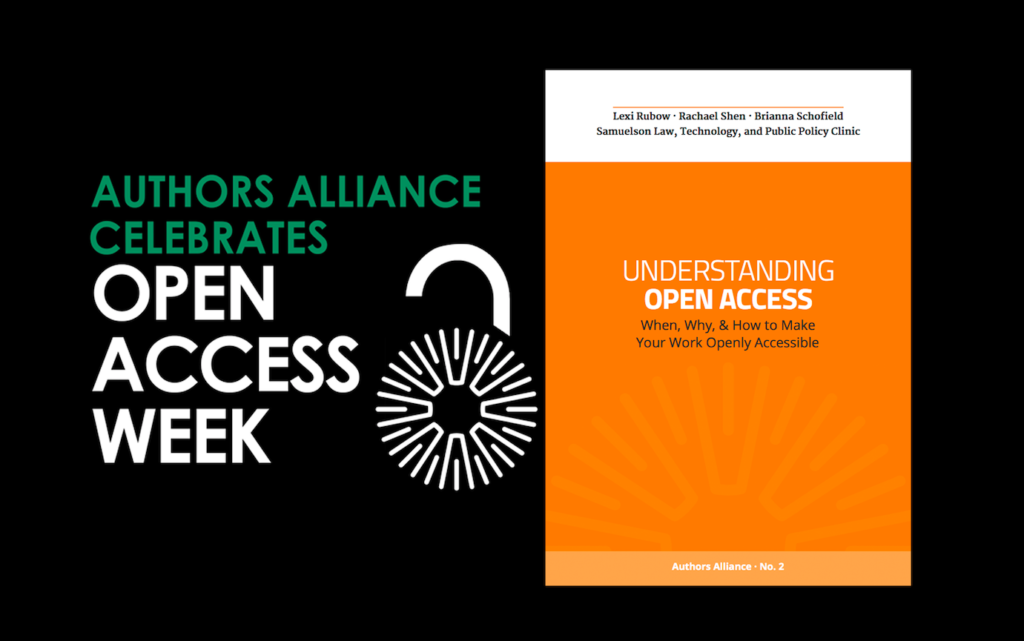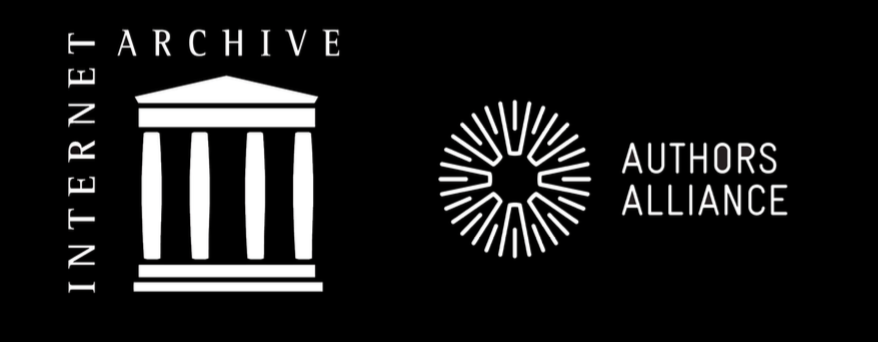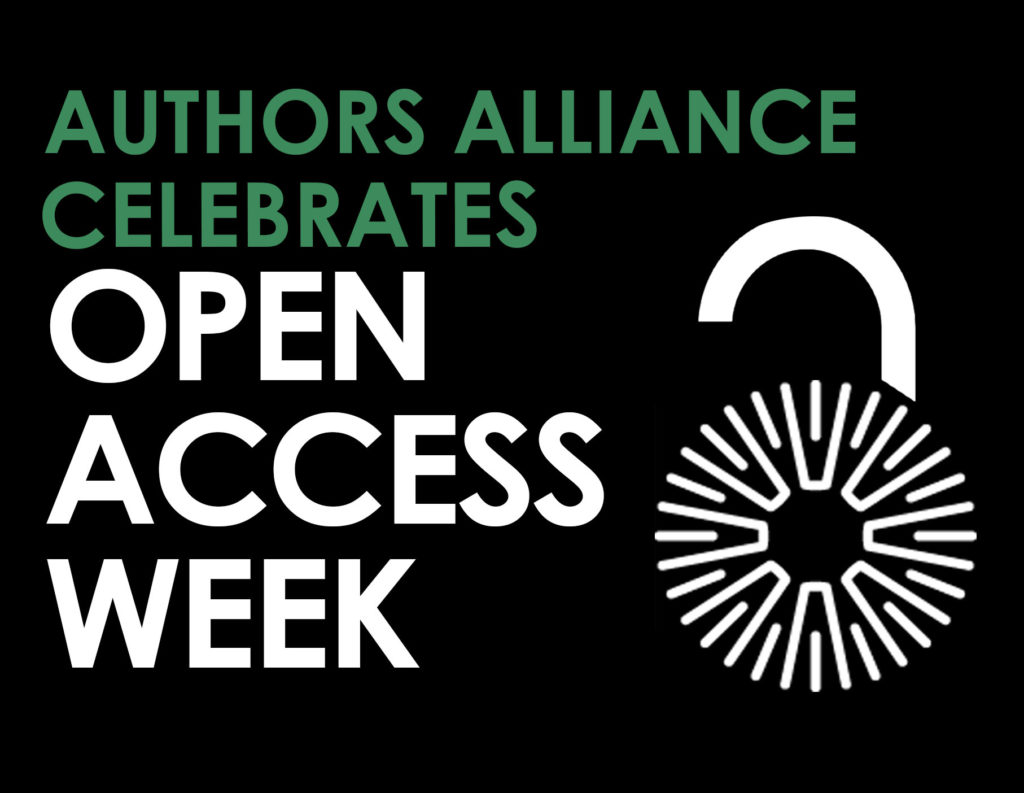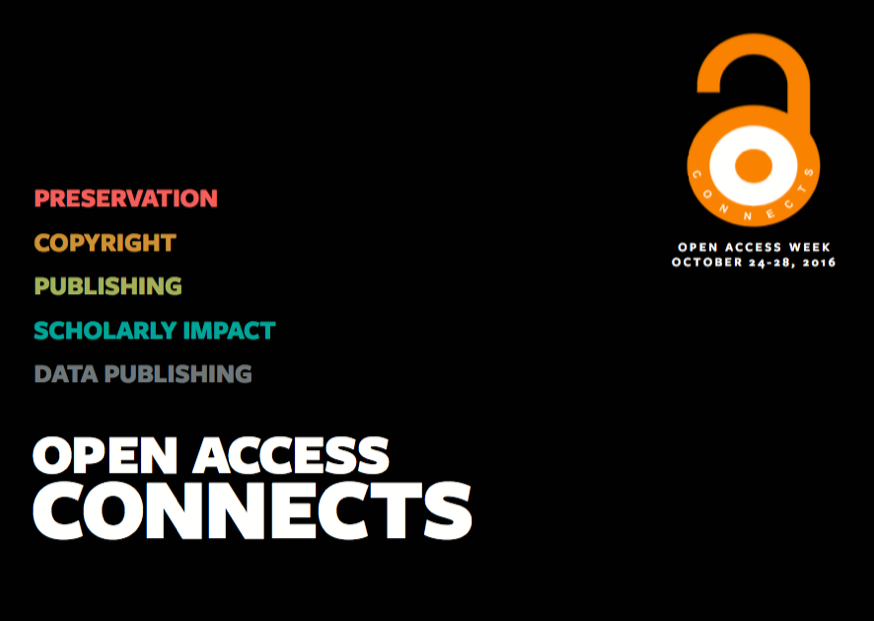Pamela Samuelson, President, Authors Alliance
Note: This article originally appeared in the Chronicle of Higher Education on December 11, 2016, but is available to subscribers only. The full text is reprinted below.
Universities have long felt victimized by proprietary publishers who charge their libraries large sums of money for the journals, books, and other materials in which faculty research is regularly published. Why, university administrators often ask themselves, do we have to pay twice for this work: once when we pay faculty members’ salaries, and then again when we pay for the journals and other publications in which their research appears?
In the last two decades, many administrators have come to realize that advances in communications technologies present opportunities for their institutions and faculty members to achieve their missions of producing and disseminating knowledge more effectively than ever before. Indeed, scholars can now reach and have an impact on readers all over the world, not merely on a small and closed community of fellow academics.
In an effort to take advantage of the opportunities of the digital age and reverse or at least mitigate the more troubling trends in scholarly publishing, some leading research universities, including the University of California at Berkeley and at Davis, Duke and Harvard Universities, and the University of Toronto, have hired scholarly communications experts. While these professionals’ assistance in shaping institutional information policies has been invaluable, even more significant is the role that they can play in achieving bottom-up changes in the culture of scholarly communications.
They can help faculty members, students, and other researchers become more knowledgeable about managing their copyrights and publishing contracts, understanding what they can and can’t do with the work of others, and complying with federal or grant mandates about enabling public access to research and data.
These specialists are especially valuable in creating lines of communication between university librarians, who are responsible for acquiring and managing large collections of scholarly materials that their communities need to access, and the faculty, students, and researchers who both use and produce scholarship. Those users sometimes struggle over copyright, contract, and other policy issues when deciding what they can and should do with scholarly materials produced by others, and when determining how best to disseminate their own work.
If faculty members, in particular, get smarter about copyright and publishing contracts, universities may be able to make faculty research more widely available. Either by negotiations or by university policy, professors may be able to retain sufficient rights to make and authorize nonprofit educational uses of their works. This could enable them to post it on course websites, put it in digital libraries, and grant permission to colleagues to do the same without having to get publisher permissions or pay fees. Such dissemination serves universities’ teaching and research missions, and the interests of scholars who write to have an impact on their students, their fields of study, and the larger society.
Scholarly communications officers and directors are generally located in research library offices, but their responsibilities include answering questions and offering guidance for the entire campus community. Here are just some additional services they can provide:
- Review publishing contracts and make suggestions about terms for which faculty members should try to negotiate (e.g., a rights reversion clause if the work sells below a certain level per year).
- Translate contract terms that faculty members don’t understand and explain why publishers might ask for them.
- Provide advice about open access options and help faculty to decide whether those options might better achieve faculty goals for dissemination of their work.
- Help authors comply with grant obligations, especially now when government agencies and other funders often require public access to research conducted with their grants.
- Talk with professors about fair use issues. If a historian, for instance, wants to quote from a subject’s letters or use photographs from the 1950s, a scholarly communications officer can point her to resources about copyright law’s fair use doctrine. This helps faculty to make more informed judgments about whether their desired uses are consistent with copyright norms as well as norms of their fields.
- Make suggestions about how an author can clear necessary rights if the intended uses go beyond what fair use would reasonably allow.
- Help authors recapture, through rights reversions, faculty whose books may have been out of print or otherwise commercially inactive for decades. Authors Alliance, of which I am president, has published a guide to rights reversions and templates for letters to send to publishers to regain control of copyrights, but most faculty members don’t know about these resources. Scholarly communications experts do.
- Advise graduate students about whether to agree to embargos of their dissertations and how to think carefully about the terms of any embargo. Today’s scholarly work that is “born digital” has the potential to reach a global audience immediately, yet graduate students face familiar insecurities about publication and job prospects. The scholarly communications office can help them learn at the very outset of their scholarly careers about how to establish their academic reputations and maximize the impact of their scholarship.
Designation of a scholarly communications officer is not a silver bullet that will reverse the rising costs of scholarly journals or shrinking budgets for monographs and other resources. Nor can it ensure that scholarly communications will reach its full digital age potential. But experts in the field can build valuable connections between the researchers who consume and produce scholarly works and the librarians who are responsible for acquiring these works and making them accessible. And their universities are investing in a better future for scholarly communications.

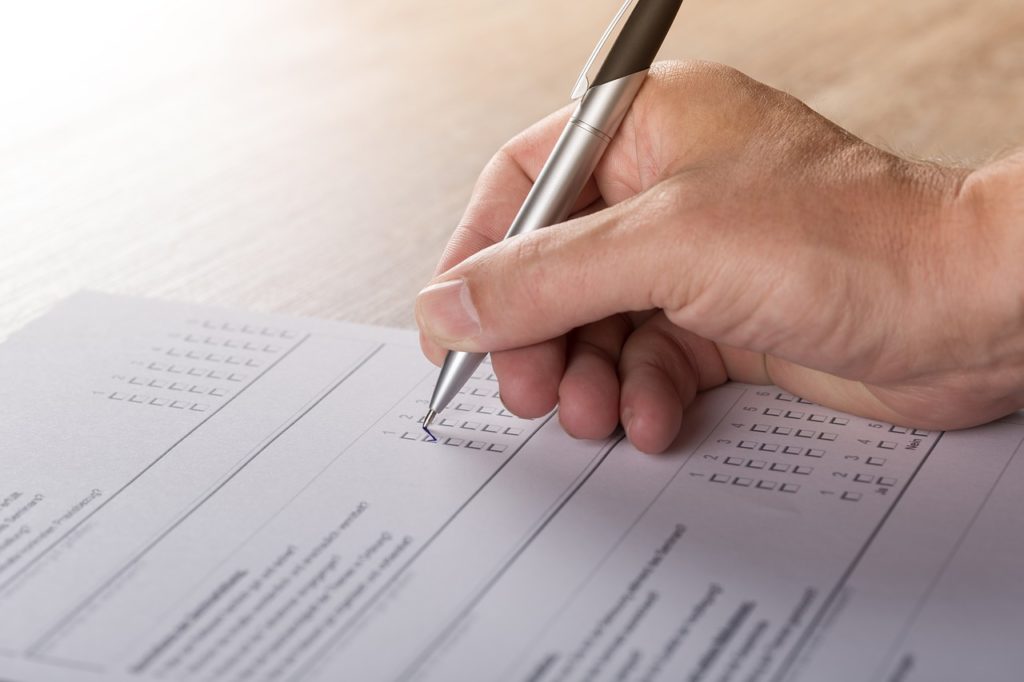
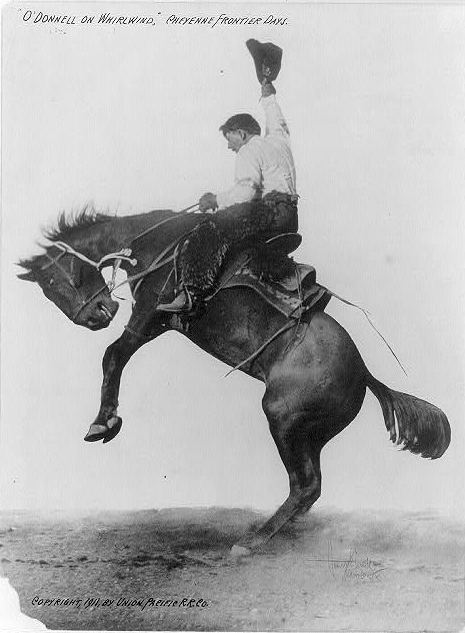 public domain image from the
public domain image from the 